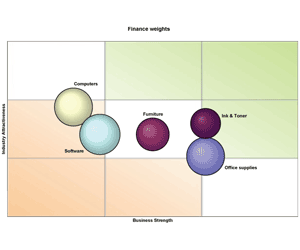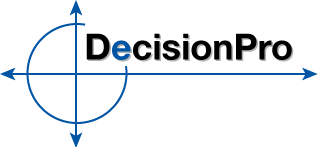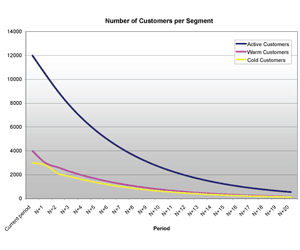GE Portfolio Matrix
| What you put in... | What you get out... |
|
|
The GE Portfolio approach evaluates a business on the basis of two composite dimensions: industry attractiveness and business strength. These dimensions, in turn, consist of a series of weighted factors. Both the factor weights and the factors themselves may vary from one application to another; for example, industry attractiveness includes measures of market size, growth rate, competitive intensity, and the like, whereas business strength normally includes such measures as market share, share growth, and product quality. Analysts assign each business a rating for each factor and a weight to each factor. Multiplying the factor ratings by the weights produces a position for each business on the strength/attractiveness matrix.
 While designed to assist in the GE/McKinsey approach to portfolio management, this model can be used for any situation where a certain number of items are ranked on two sets of weighted factors. Optionally, multiple sets of weights can be used.
While designed to assist in the GE/McKinsey approach to portfolio management, this model can be used for any situation where a certain number of items are ranked on two sets of weighted factors. Optionally, multiple sets of weights can be used.
The GE Portfolio approach helps firms answer such questions as:
- On which products, offerings, or divisions should we focus our efforts?
- What method can we use to assess and understand the weights that various members of the management team assign to different dimensions?
- How can we reconcile different points of view?

 The model uses the following input:
The model uses the following input: